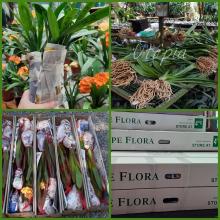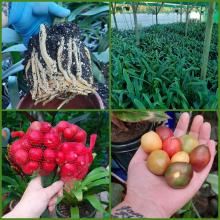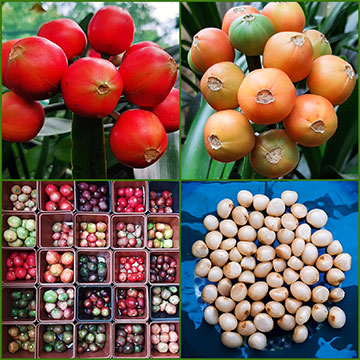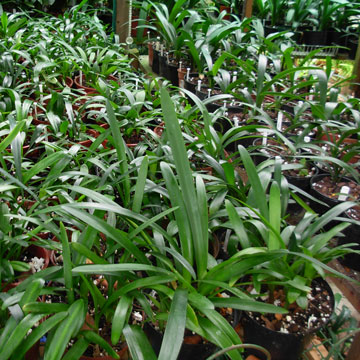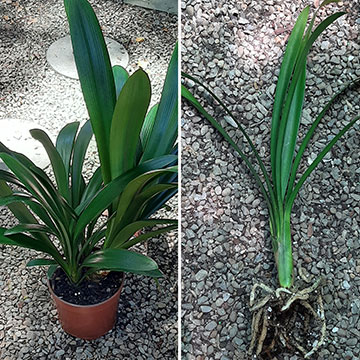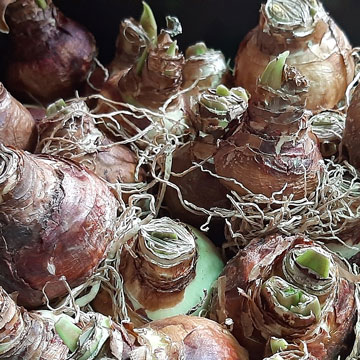The keys to healthy and happy Clivia are the easiest way to brighten up shady areas of your garden with a blaze of bright orange in September and October. What’s more, the common clivia (clivia miniata) is now available in a host of colours, ranging from cream and yellow to salmon, peach and even bronze. Clivia are indigenous plants, which have adapted to our local climate, making them very easy to grow.
All they require is dappled shade and occasional watering to produce brilliant blooms year after year. Here are a few tips to help you get the most out of your clivia :
- Water clivia once a week in summer. In winter you can rely on nature to provide enough water.
- Make sure your clivia are planted in well-draining soil. They tend to rot if the soil becomes waterlogged. In nature, they grow in forests or rocky crevices where leaves make natural compost.
- Don’t plant your clivia in a very deep hole as this can also lead to plant rot. Spread the roots out horizontally when planting.
- Clivia fare best in dappled sunlight or early morning sun. Dark shade will limit the amount of flowers that your clivia produces.
- Feed clivia in spring and autumn with 3:1:5 slow release fertiliser. Clivia in pots should be fed once a month with a liquid fertiliser such as Seagro.
- Mealie bug might become a problem due to bad air circulation. In this case, thin the plants out and wipe the leaves with a methylated sprits solution (50% water, 50% spirits).
- Systemic insecticide and fungicide can be applied every 6 months.
- Leaves which turn brown or light green at the edges are a sign that the roots are under stress. This could be due to too much/too little water, or a lack of sufficient feeding.
- The attractive berries on clivia plants do not need to be removed from the plant. Leaving them intact will not affect the next season’s flowers.
- Did you know? – Planting a yellow clivia in a garden bed together with orange clivia won’t make the plant change colour, but the seeds from your yellow clivia might be a different colour due to cross pollination with the orange clivias.











